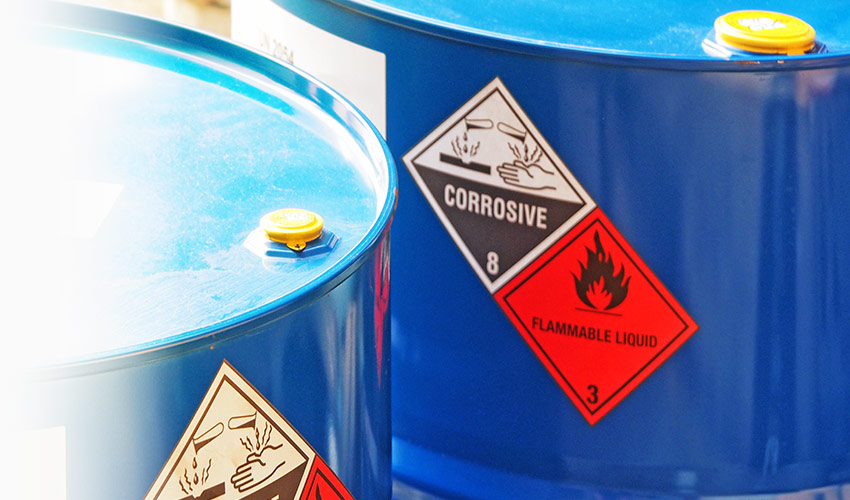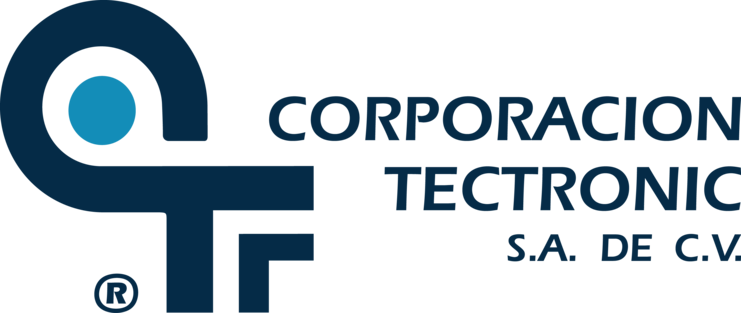GHS
Labels
Hazardous materials communication.

GHS LABELS
DURABLE LABELS THAT MEET THE HIGHEST SAFETY STANDARDS.
DLS knows all the details that go into Globally Harmonized System (GHS) compliant labels. Labels that adhere to these standards are designed to make it safer to identify hazardous materials that are shipped throughout the world.
Specifically, DLS UV printed labels are certified for BS5609 Section 2 and 3 compliance. This means the media, text, coloring and images have passed the standardized testing for resistance to abrasion, UV exposure and sea water immersion as well as other qualifications.
What is GHS?
GHS, or the Globally Harmonized System of Classification and Labeling of Chemicals, is a system to standardize the way hazardous materials are classified and labelled.
The idea is to provide a globally standardized symbology on labels and containers that identifies if a material is flammable, toxic, corrosive, etc. Using these universally recognized graphics, someone anywhere in the world should be able to determine the hazardous nature of products with these labels.
What is the BS5609 Certification?

BS5609 measures the suitability of a specialized label for chemical containers that are to be shipped over a body of water. Labels that meet this standard are incredibly durable. In fact, if a chemical drum was to fall overboard into the ocean, the label would need to be readable after 30 days of immersion.
- Section 2: This section of the certification tests label performance including material, ink and adhesion in marine exposure. Tests include temperature variables, salt spray, immersion tests and weathering.
- Section 3: BS5609 Section 3 compliance is only awarded to labels that are printed on a specified material and tested in use with the specified printer model and ink. If any of these factors are changed without undergoing additional testing, the label will no longer be compliant.

Why GHS Labels Matter
Employees and companies need to know the hazards of workplace chemicals. This allows organizations to create safety procedures that prepare them for the possibility of chemical exposure. In the event of a chemical spill, large GHS Labels allow workers and first responders to read from afar instead of forcing to investigate in a potentially dangerous environment.
GHS Labels are easy to understand. It targets a wide variety of skill levels and breaks language barriers with the use of pictograms.
The Basic Universal Pictogram System
There are 9 basic universal pictograms. Here’s what they look like and what they mean:
- Environmental
- Corrosive
- Acute Toxic
- Severely Toxic
- Explosive
- Flammable
- Oxidizing
- Health Danger
- Gas Pressure

Anatomy of a GHS Label

- Signal Words: Indicates relative level of hazard. “Danger” is used for the most severe instances, while “warning” indicates a less severe hazard.
- Product Name or Identifiers: This lets readers know what the product or chemical name is. There may be more identifiers noted near the manufacturer’s information.
- Hazard Statements: These phrases describe the nature of the hazardous product and often includes the degree of hazard.
- Symbols (Pictograms): Symbols help convey health, physical and environmental hazard information with red diamond GHS pictograms. These symbols may be used in combinations of five pictograms.
- Manufacturer Information: The contact information for the manufacturer is included on every GHS Label.
- Precautionary Statements: Phrases associated with each hazard statement describe general, preventative, response, storage or disposal precautions.
In-house Printing for GHS Labels
You may find that your customers print part of their GHS labels on-site during their packing process. There are many printer varieties used to print GHS labels. It’s important that you ask your customers what kind of printer they use so DLS can recommend the best label for their model. Here are some of the printer types your end-users may operate:
- Laser (color)
- Laser (monochrome)
- Inkjet (color)
- Thermal Transfer (2-color)
- Thermal Transfer (1-color)

Secondary Chemical Labeling System

DLS creates custom secondary chemical labels which are used when a chemical is moved from a primary source (like a drum) to a container such as a spray bottle, canister or glass jar. According to OSHA’s Hazard Communication Standard, “Employers must ensure that no worker uses, stores, or allows any other person to use or store any hazardous substance in a laboratory if the container (including bags, barrels, bottles, boxes, cans, cylinders, drums and reaction vessels) does not meet the labeling requirements in [29 CFR 1910.1200(f)(1)].”
Two mandatory elements must be on every secondary label: 1) the name of the chemical in the secondary container and 2) the physical, health or environmental hazards. Although these labels are separate from GHS and BS5609 compliant labels, it is an important part of your customer’s workplace safety plan. So, be sure to ask about their secondary labeling systems. If they use GHS or BS5689 Section 2 and 3 compliant labels, they likely need these products as well. To learn more about secondary labels, please visit OSHA’s Quick Facts Guide.



